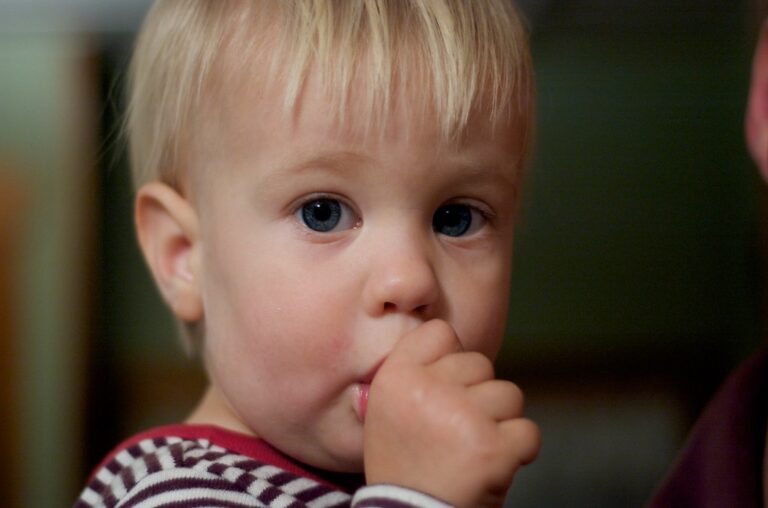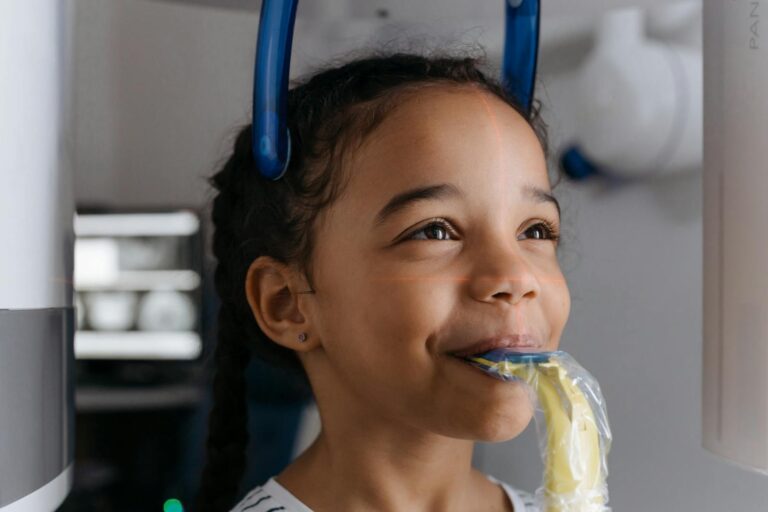Swollen Gums in Kids – Causes and Home Remedies
As a parent, noticing that your child’s gums look red, puffy, or tender can be a little alarming—especially if they complain about pain while brushing or eating. Swollen gums are a common issue in children, but understanding the root cause is key to treating it effectively and preventing complications down the road.
Let’s explore why gum swelling happens, what symptoms to look out for, and which home remedies can help soothe your child’s discomfort before (or alongside) professional care.
What Causes Swollen Gums in Children?
Swollen gums in kids can be caused by a variety of factors, ranging from simple irritation to more serious infections. Here are the most common causes:
1. Gingivitis (early gum disease)
Gingivitis is the mildest form of gum disease and is surprisingly common in children—especially those who are just learning to brush and floss on their own. Plaque buildup along the gumline can cause the gums to become inflamed, red, and swollen.
2. Teething (in infants and toddlers)
When new teeth are coming in—especially molars—the surrounding gum tissue can become swollen, tender, and even slightly bruised. This is a natural part of the teething process and usually resolves once the tooth breaks through.
3. Poor oral hygiene
Inconsistent brushing, skipping flossing, or using an improper technique can leave plaque and food debris behind, leading to gum irritation and swelling. Young children often need adult supervision or assistance during brushing until at least age 7 or 8.
4. Infections (bacterial or viral)
Certain infections, such as hand-foot-and-mouth disease or herpetic gingivostomatitis (caused by the herpes simplex virus), can cause swelling of the gums, along with painful sores or fever.
5. Mouth breathing
Chronic mouth breathing—often due to nasal congestion or enlarged tonsils/adenoids—can dry out the gums and lead to inflammation, especially in the front of the mouth.
6. Orthodontic irritation
If your child has braces or other dental appliances, gum swelling can occur around brackets or wires, particularly if food gets trapped or cleaning becomes difficult.
Signs and symptoms to watch for
In addition to visible puffiness, parents should also look out for the following:
– Gums that bleed during brushing or flossing
– Persistent bad breath
– Pain when chewing or brushing
– Receding gums or teeth that appear longer
– Sores or ulcers in the mouth
– Fever (in cases of infection)
If the swelling doesn’t improve within a few days, or if your child has a fever or difficulty eating, it’s important to consult your pediatric dentist or pediatrician for proper diagnosis and treatment.
Home Remedies to Ease Gum Swelling
While it’s always important to consult a dental professional if symptoms persist or worsen, there are several gentle and effective home remedies parents can use to reduce gum discomfort and support healing in the meantime. Each approach should be adapted to your child’s age and specific symptoms, and should always prioritize comfort, safety, and cleanliness.
- Warm salt water rinses
For children who are old enough to rinse and spit independently (typically around age 5 and older), a warm saltwater rinse can provide natural relief. Mix half a teaspoon of salt into one cup of warm water and stir until dissolved. Have your child gently swish the solution around their mouth for 20 to 30 seconds, then spit it out. This rinse can help reduce swelling, ease irritation, and flush away bacteria. It’s generally safe to repeat this process two to three times per day, particularly after meals and before bedtime. - Cold compresses or chilled washcloths
If the gum swelling is localized—such as during teething or following a minor mouth injury—cold therapy can help minimize inflammation and numb discomfort. For infants, gently rubbing a clean, chilled washcloth along the gums or allowing them to chew on it under supervision can provide soothing pressure. For older children, applying a cold compress or wrapped ice pack to the outside of the cheek near the affected area for 5 to 10 minutes at a time can be helpful. Always ensure that cold items are not placed directly on the skin or inside the mouth without a protective layer. - Consistent, gentle oral hygiene
Maintaining good oral hygiene is critical, even when the gums are swollen. Help your child brush twice daily using a soft-bristled toothbrush and a small amount of fluoride toothpaste appropriate for their age. Encourage gentle brushing motions, especially near the gumline, to avoid further irritation. Flossing should also be included once teeth are touching—parents may need to assist younger children with proper technique. Regular cleaning helps remove food particles and plaque, which are common contributors to gum inflammation. - Hydration and a soft, soothing diet
Encouraging your child to stay hydrated throughout the day helps maintain healthy saliva flow, which plays a key role in neutralizing bacteria and keeping the gums clean. If chewing is uncomfortable, temporarily adjust your child’s diet to include soft, nutrient-rich foods that are easy to swallow. Examples include yogurt, applesauce, oatmeal, mashed potatoes, smoothies, or soft fruits like bananas. Avoid spicy, hot, or crunchy foods that might further irritate the gums. - Over-the-counter medication (when appropriate)
If your child is experiencing moderate to significant gum pain, and home remedies alone aren’t enough, you may consider using children’s pain relief medication—such as ibuprofen or acetaminophen—as directed by your pediatrician. These medications can help reduce inflammation and relieve discomfort, particularly at night when pain may interfere with sleep. Be sure to follow age-specific dosing instructions carefully and consult your child’s healthcare provider if you’re unsure which medication is safest for them.
Together, these supportive measures can provide comfort and aid in healing while you monitor your child’s condition. However, if symptoms continue for more than a few days, worsen over time, or are accompanied by fever, pus, or difficulty eating, a visit to the pediatric dentist is strongly recommended.
When to Call the Dentist
Home remedies can go a long way in easing minor swelling, but you should schedule a dental visit if:
– The swelling lasts longer than 3–5 days
– There’s visible pus or signs of abscess
– Your child has difficulty eating, speaking, or sleeping
– You notice signs of gum recession or loose teeth
– Fever, fatigue, or other systemic symptoms develop
Final Thoughts
Swollen gums in children are often treatable and reversible, especially when caught early. In most cases, a combination of improved hygiene, a few simple home remedies, and support from your pediatric dental team can restore gum health and prevent future issues.
As always, staying proactive—rather than reactive—is the best way to protect your child’s smile. When in doubt, don’t hesitate to reach out to a dental professional for peace of mind.






